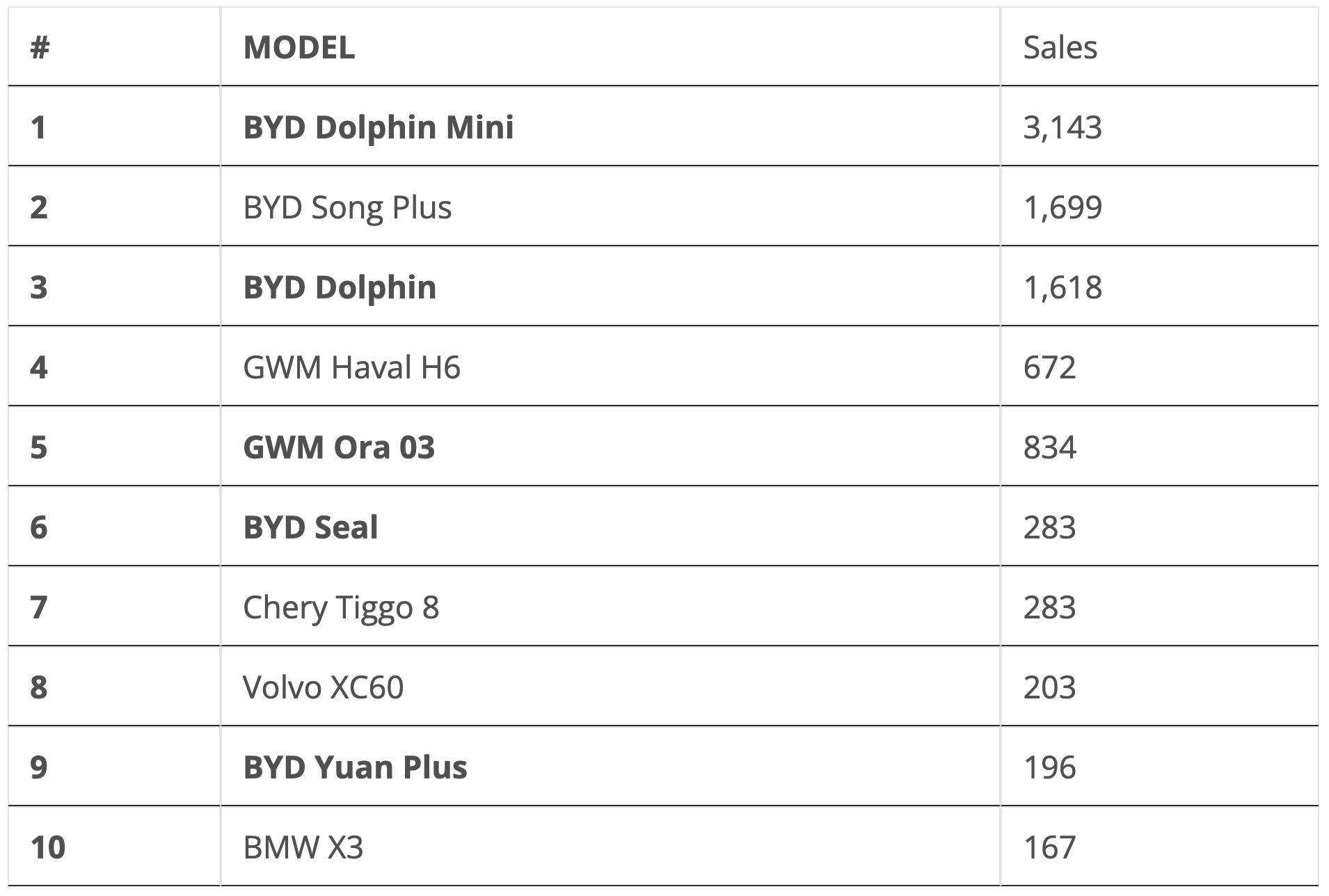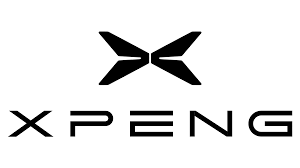Sign up for daily news updates from CleanTechnica on email. Or follow us on Google News!
Good news keeps coming from the Carioca country. When EV sales skyrocketed in late 2023, there were fears this was a temporary increase because automakers were running to bring as many cars as possible to market before the tariffs kicked in this year. This wasn’t the case, and because the high levels from December 2023 have (nearly) been sustained during the last couple months, growth has been exponential, reaching a staggering 1,120% increase in April for BEVs and a comparatively “slow” 210% growth for PHEVs, for 505% EV growth in total.
The trend so far in 2023 is upwards. If sustained, new records should become the norm in the following months. New EVs are arriving, local production should start in the medium term, and as prices have remained relatively affordable, I have high hopes for the remaining eight months of the year. For now, the increase in sales during the first four months of the year has been truly meteoric and puts Brazil at the forefront of the EV transition in Latin America, only behind Uruguay and Costa Rica.
Market Overview

Averaging over 2 million vehicles sold every year, Brazil’s market is by far the largest in Latin America. Taking into account its rapid EV transition, Brazil has now become the largest EV market in the region, and it’s unlikely to ever lose this distinction. Market share has risen from 1.1% in April 2023 to 4.7% in April 2024, and up to 4.8% through the first four months of this year. I expect sales to keep increasing, so maybe we will be seeing 8% by December? 10%? Any bet takers here?
Brazil’s vehicle market is booming and grew 25% during the first four months of the year, increasing by roughly 150,000 units from January through April compared with the same four months of 2023. Since EV sales only add up to 35,000 units in this period, this means ICEV sales are also booming: absent stagnation or a slowdown in the market, EVs will have to grow to ~25% share before they start eating away gasoline car sales. Which means that, at least through 2024, it’s unlikely that we’ll see ICEV sales fall.
Three Chinese brands have set up shop in Brazil and gotten the first seven spots in the top ten. I’m talking about Great Wall Motors (GWM), BYD, and Chery. Following, with one vehicle each in the top 10, are Volvo and BMW:
These three Chinese automakers plan to start BEV and PHEV production within the country in the following months: BYD has broken ground in its factory in Camaçarí and expects production to start in early 2025; GWM recently postponed the start of operations in its plant in Iracemápolis to H2 2024 (it was originally planned for this month); meanwhile Chery, the one with the longest presence, had been producing ICEVs locally since 2017, and has since stopped to retrofit its production lines to focus on HEVs, PHEVs and EVs, to start next year.
As I said in my report on Colombia’s EV Sales, the Chinese are no longer coming. They’re already here.
The Future of EVs in Brazil
Brazil’s market, unsurprisingly, is heavily tilted towards more affordable vehicles. Most of its meteoric growth can be traced to the price war BYD started 10 months ago, when it lowered the price of its BYD Dolphin to 150,000 Brazilian Reales, or $29,000. Over 50% of the plug-in market corresponds to three affordable vehicles: the BYD Dolphin Mini/BYD Seagull (starting at $20,000), the regular Dolphin, and the Ora 03 ($29,000). Of these three, the Seagull is by far the most impressive, holding over 30% of the market for itself.
A surprising development has been the relatively low impact of the Seagull (BYD Dolphin Mini). In other markets, the arrival of this affordable car has been a game changer, bringing sales upwards up to 300% on its own from one or two months prior. I’m still waiting on information from more markets to make a comprehensive regional report, but so far, the Dolphin Mini, despite dominating Brazil’s EV market since its arrival in March, has not meant an increase in overall EV sales (which have roughly sustained the levels from December 2023). Instead, it seems it has taken market share from less competitive alternatives (such as the JAC EJS1 and the Caoa Chery iCar), as well as from more expensive models. It may also be that it is lagging in sales until imports can match demand. We’ll have to wait a few more months until the markets stabilize to be sure.
Brazil’s charging network seems to be decent enough in the South, but according to the information available online, the Northeast and the West are severely lacking in fast-charging alternatives, something that is no doubt limiting the appeal of EVs. A mediocre charging network is understandable when BEV sales are merely 0.3% of the market, but at several thousand units a month and 3% market share, more is needed to maintain the momentum. Let’s hope Brazil’s charging network does not become the Achilles heel of the EV transition.
For now, though, things are going pretty well, and if only a fraction of current growth is maintained, market share by December should be reaching 7% at worst, and 10% or more at best.
Have a tip for CleanTechnica? Want to advertise? Want to suggest a guest for our CleanTech Talk podcast? Contact us here.
Latest CleanTechnica.TV Videos
CleanTechnica uses affiliate links. See our policy here.





.jpg)
